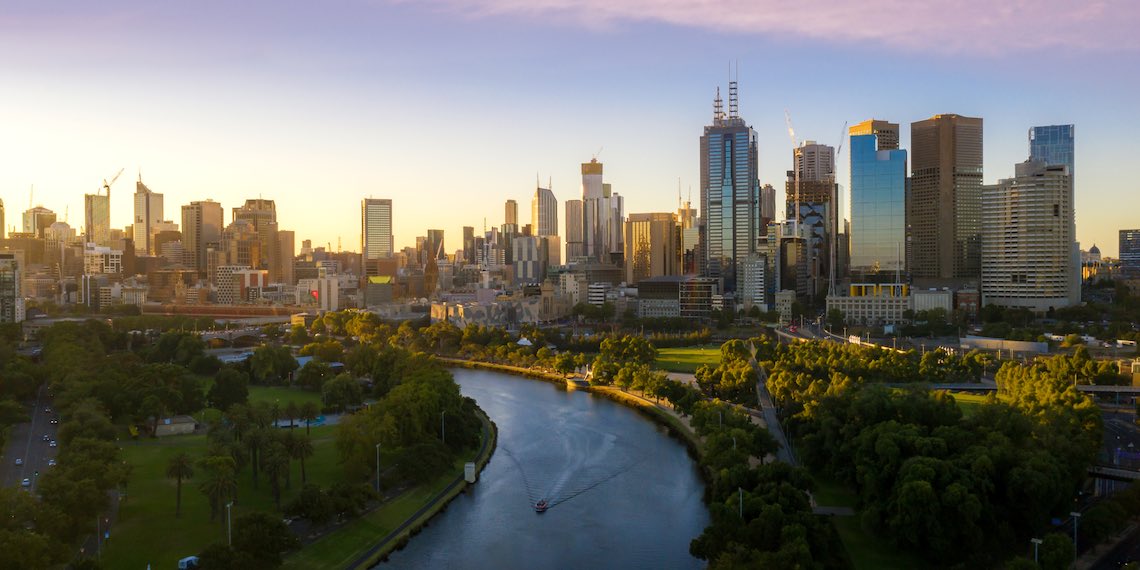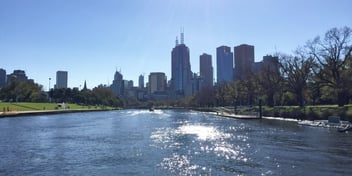Melbourne Water Outlook finds reduced usage, increased rainfall

Melbourne's Water Outlook is out, and it’s good news: higher rainfall, water-saving habits and desalination have all contributed to secure water storage supplies for 2022.
Water storages for Melbourne’s wholesale and retail water corporations — including Melbourne Water, Greater Western Water, South East Water and Yarra Valley Water — are 89.6% full. That is the highest level that storages have reached during the past 20 years.
On 1 January 2021, storages were 75.1% full, and 1 January 2020, 62.9% full, showing significant increases in storage over the past two years.
The recovery of Melbourne’s water storages has been attributed to above average rainfall, a cooler-than-average summer thanks to La Niña, and changes in water use from increased working-at-home patterns as a result of the COVID-19 pandemic.
Water-use patterns shifted significantly during COVID-19 lockdowns, as more people spent time at home, which resulted in a higher proportion of residential water use and the lowest commercial use recorded in the past decade.
Residential consumption accounted for 69% of Melbourne’s total water use for the 2020–21 year; residential use increased to an average of 159 litres per person per day, while business use dropped by 11%.
Residential use up, total use down
While residential water use increased during 2020-21, Melbourne’s total water use decreased by 1%, or four billion litres, compared to the previous year.
Furthermore, the 125 billion litres of water provided through the desalination plant in 2020–21 has also contributed to high storage rates, with around 394 billion litres of desalinated water contributing to supply since 2017.
Without this contribution to storage from desalination, it’s predicted that total storage volumes would be around 68%, showcasing the significant level of water security resilience this avenue offers. In 2021–22, the desalination plant will deliver a further 125 billion litres.
The trend towards increasing water storage rates has also benefited the environment, with priority environmental watering actions achieved naturally by higher-than-average streamflows in 2020–21, which enabled increased water releases from 2019-20.
A strategy for the future
While high storage rates are excellent news for water security, Melbourne water corporations’ five-year urban water and water system strategies are due for review in 2022, with all four water utilities working collaboratively to jointly deliver the Water for Life Strategy this year.
Aligning with the Victorian Government’s Water for Victoria plan and the Central and Gippsland Region Sustainable Water Strategy, the long-term water strategy will continue to leverage upon water efficiency measures, recycled water initiative investments and utilising stormwater for irrigation.
Melbourne’s water utilities are working alongside Traditional Owners during the development of the strategy, and expect to grow partnerships through implementation of the strategy.
Moving forward, water efficiency and conservation will remain key elements of ensuring Melbourne’s water security, including the continued application of permanent water-use rules, although it is not expected that water restrictions will be required over the next 12 months.

